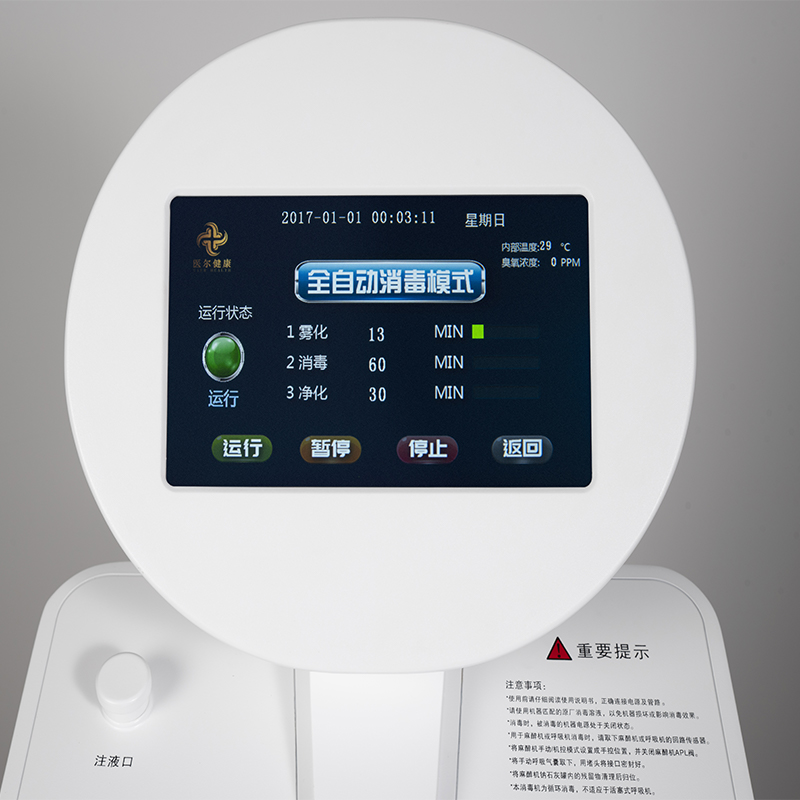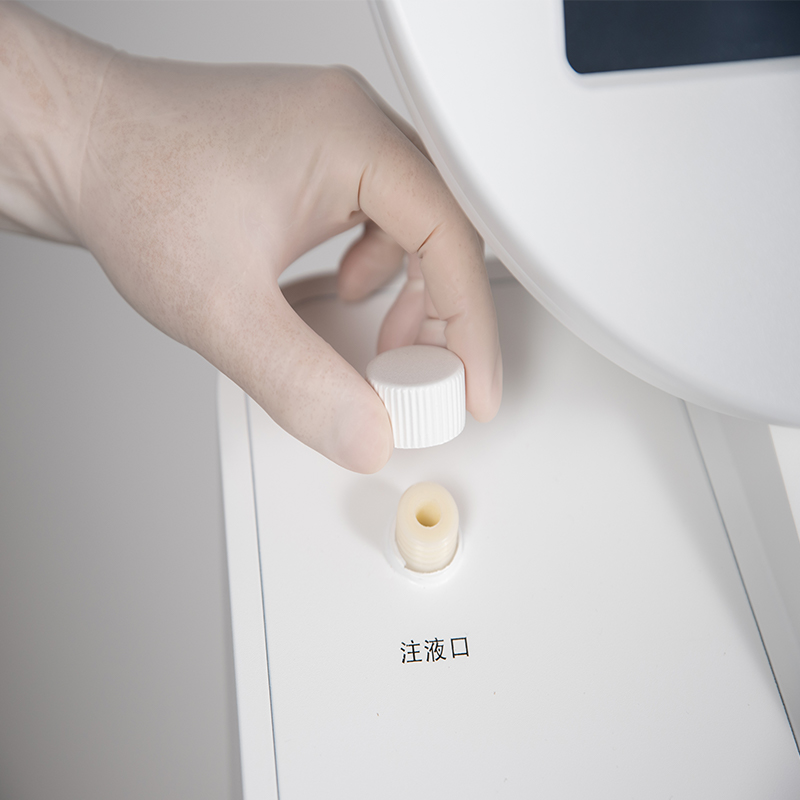Anesthesia Machine Equipment Disinfection: Ensuring Patient Safety and Infection Control
Why is Anesthesia Machine Equipment Disinfection Important?
Effective disinfection of anesthesia machine equipment plays a crucial role in maintaining patient safety and preventing healthcare-associated infections. When equipment is not properly disinfected, it can become a breeding ground for various pathogens, including bacteria and viruses. Failure to adequately disinfect these machines can lead to the transmission of infections from one patient to another, compromising patient safety and overall healthcare quality.
Key Steps for Anesthesia Machine Equipment Disinfection:
1. Pre-cleaning: Before starting the disinfection process, it is important to ensure thorough pre-cleaning of the equipment. This involves removing any visible dirt, blood, or bodily fluids from the surfaces using appropriate cleaning agents and disposable wipes.
2. Selecting the right disinfectant: Choosing the appropriate disinfectant is crucial to effectively eliminate any potential pathogens on the anesthesia machine equipment. It is important to refer to the manufacturers' guidelines for recommended disinfectants, as using the wrong disinfectant or dilution can be ineffective or even damage the equipment.
3. Proper disinfection technique: Following the manufacturer's instructions, apply the disinfectant to all surfaces of the anesthesia machine components, including the vaporizer, breathing circuit, and mask. Pay special attention to high-touch areas such as buttons, knobs, and switches. Allow the disinfectant to remain on the surfaces for the recommended contact time to ensure effective disinfection.
4. Drying and ventilation: After disinfection, allow the equipment to dry thoroughly before reuse. Adequate drying helps prevent the growth of microorganisms. Additionally, ensure proper ventilation in the storage area to prevent the accumulation of moisture and mold growth.
5. Regular maintenance and monitoring: Establish a schedule for regular maintenance, including deep cleaning and inspection of anesthesia machine equipment. Regular monitoring of disinfection practices ensures adherence to protocols and identifies any potential issues that may compromise patient safety.
Guidelines and Best Practices for Anesthesia Machine Equipment Disinfection:
1. Refer to manufacturers' guidelines: Always consult the manufacturer's instructions for cleaning and disinfection procedures specific to the anesthesia machine equipment in use. These guidelines provide valuable information on compatible disinfectants and cleaning techniques.
2. Staff education and training: Healthcare facilities should provide comprehensive training to anesthesia providers, technicians, and support staff regarding the proper disinfection protocols and techniques. Regular education sessions help ensure the consistent implementation of best practices.
3. Documentation and audits: Maintain detailed records of disinfection procedures, including dates, times, and the disinfectant used. Conduct regular audits to assess compliance with disinfection protocols and identify any areas for improvement.
Conclusion:
Effective disinfection of anesthesia machine equipment is essential for maintaining patient safety and preventing healthcare-associated infections. Adhering to proper disinfection protocols, following manufacturers' guidelines, and ensuring staff education and monitoring contribute to successful infection control practices. By prioritizing equipment disinfection, healthcare facilities can provide a safe and hygienic environment for patients, healthcare professionals, and the wider community.

